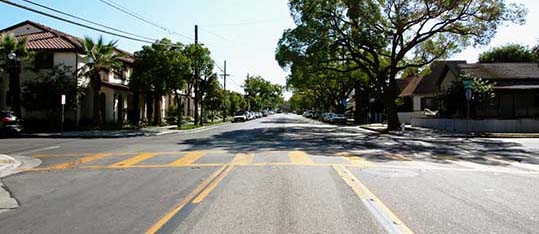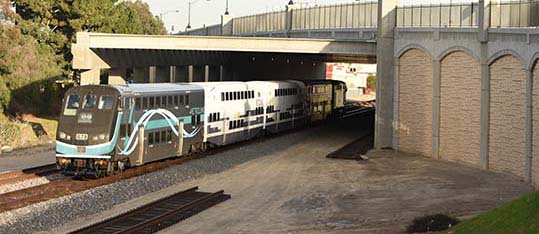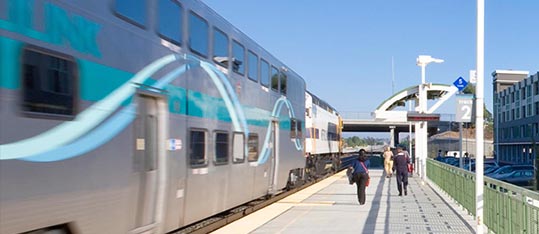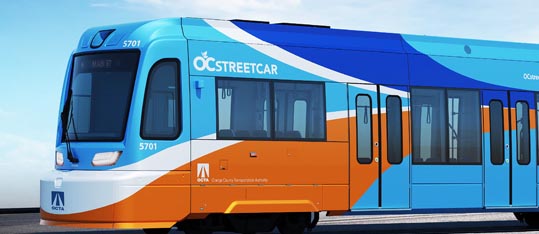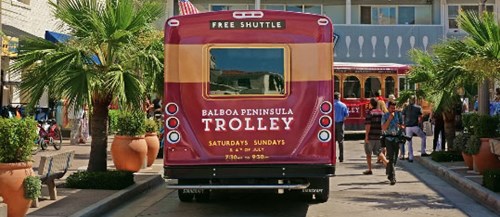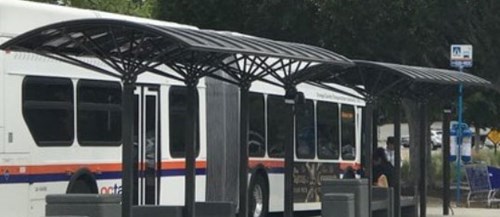What is OC Go?
One half-cent of every sales tax dollar improves Orange County freeways, the transit system, and streets and roads as part of OC Go (also known as Measure M). After voters approved OC Go by nearly 70 percent in 2006, sales tax collection began in 2011 to achieve the goals below.



